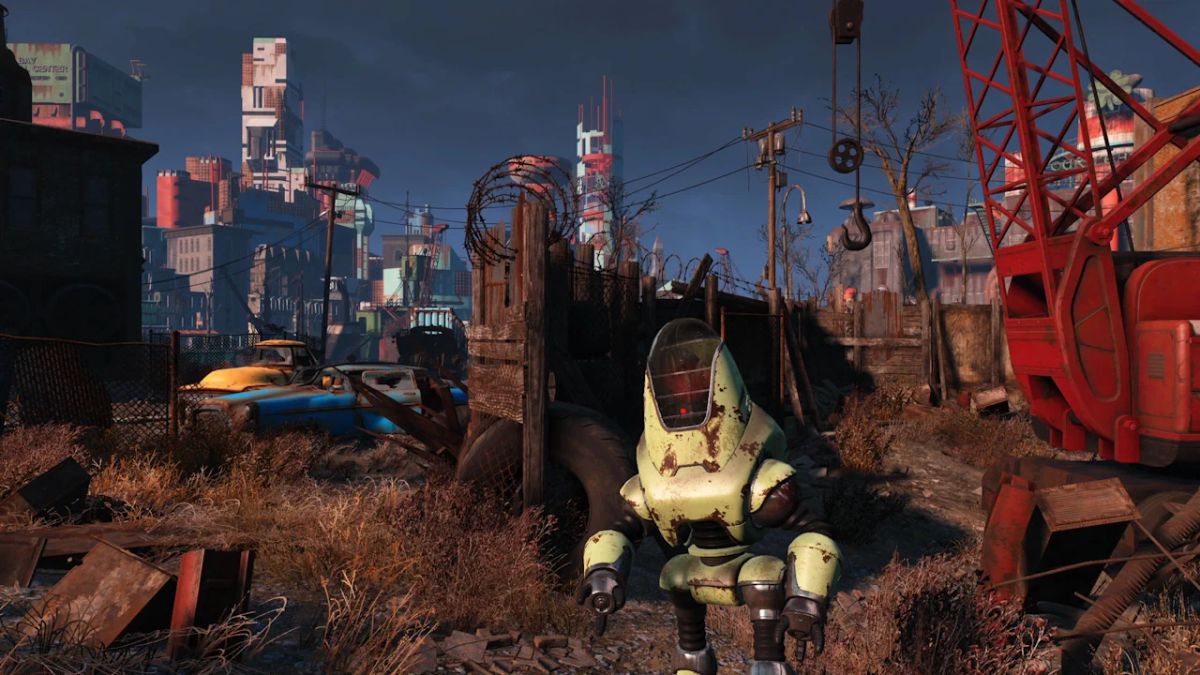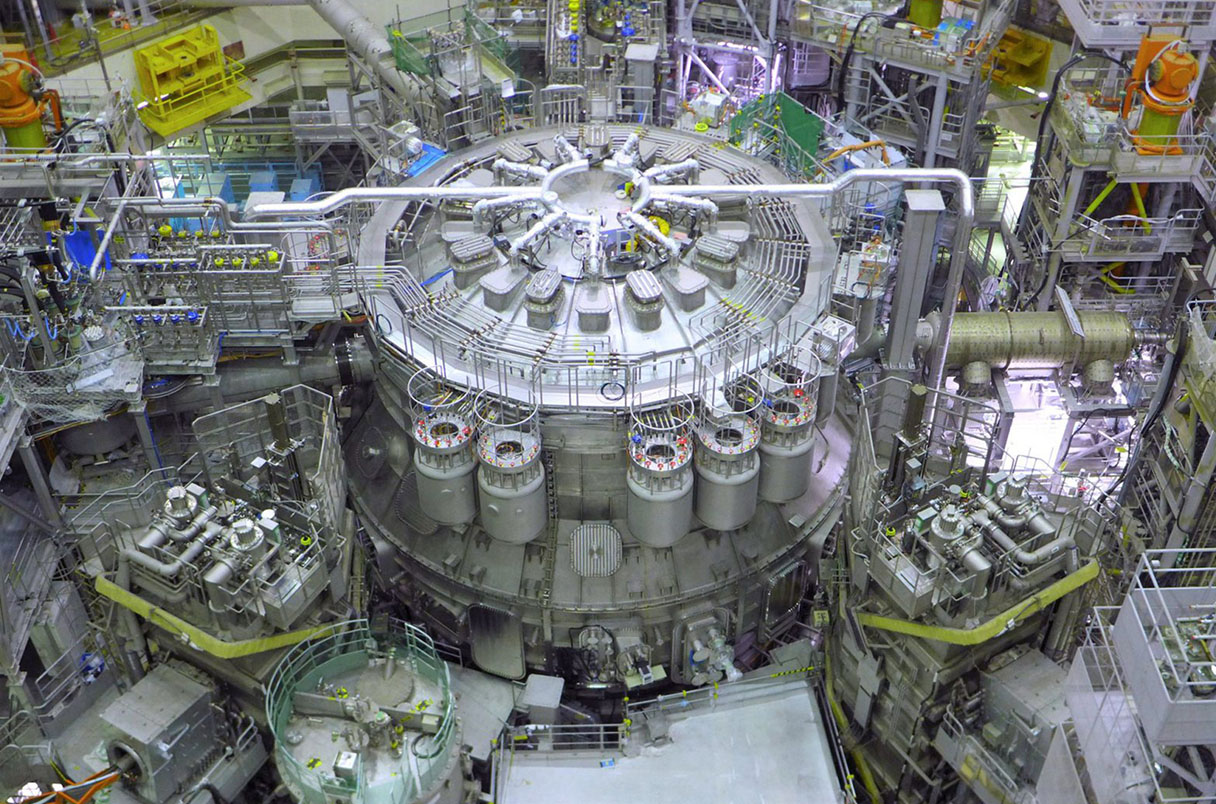The now activated JT-60SA tokamak will also help the giant nuclear fusion reactor under construction in France, ITER, prove that fusion can produce more energy than it consumes.
Japan has successfully commissioned its new JT-60SA nuclear fusion reactor, which uses superconducting magnets to isolate hot plasma in a donut-shaped chamber. The reactor, which is the largest and most modern fusion reactor in the world, is used to study the physics of fusion energy and to support the international project ITER (International Thermonuclear Experimental Reactor) in France. The first plasma was ignited on October 26, 2023, after more than 15 years of construction and testing.
JT-60SA can heat plasma to 200 million degrees Celsius
The reactor is designed to heat plasma to 200 million degrees Celsius and maintain that temperature for about 100 seconds, much longer than the previous large reactor. From tokamak. This allows researchers to investigate how plasma stability can be controlled and improved.
The JT-60SA reactor will also help ITER, the giant international fusion reactor under construction in France, prove that fusion can produce more energy than it consumes. ITER will build on expertise and technologies that will be tested for the first time on JT-60SA.
In exchange for France hosting ITER, the world’s largest nuclear fusion experiment, Japan was given the opportunity to build the JT-60SA and two smaller fusion facilities. This was part of the agreement reached between Japan and the European Union in 2007, under which Japan’s old JT-60 reactor, which had been in operation since the mid-1980s, was also modernized.
Incidentally, JT-60SA stands for “superadvanced” and is about half the height of ITER. It can hold 135 cubic meters of plasma, one-sixth of what ITER can handle.
A serious problem occurred during testing
According to Science.org, the reactor took more than 15 years to build, much longer than originally planned. According to plans, the JT-60SA was supposed to start operating already in 2016, but it had to face a number of challenges. It had to be redesigned, procurement problems had to be solved, it had to be resolved March 2011 Tohoku earthquake Damage caused.
Then in March 2021, a serious problem arose during testing. One of the superconducting coil cables shorted, damaging electrical connections and causing a helium leak that could affect cooling systems. The voltage in the circuit was minimal. “It could have been a lot worse if the tension had been higher. We were lucky.” – said Hiroshi Shirai, head of the QST project. The JT-60SA team had to repair the insulation of more than 100 electrical connections, which took two and a half years. The incident also made ITER engineers more cautious about testing the coils.
Besides its size, the JT-60SA has one drawback compared to ITER: it only uses hydrogen and deuterium isotopes, not tritium, the radioactive form of hydrogen, which is more powerful but also much more expensive. Starting in 2035, ITER is expected to use a mixture of the two isotopes, deuterium and tritium.
It is worth noting that Japan plans to build by 2050 experimentalIt is a fusion reactor that will bridge the gap between JT-60SA and ITER research and the commercial use of fusion energy.










































